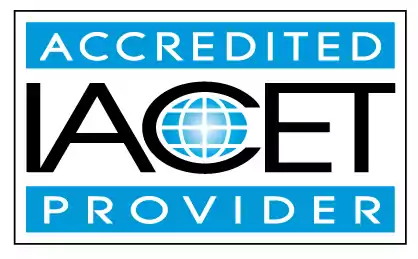List safety risks for infants and toddlers and strategies to diminish these risks.
Learn about the safety risks for infants and toddlers and discover effective strategies to minimize these risks. Additionally, explore tracking systems that help monitor the daily feeding schedule of young children. Our page focuses on early childhood education and child care centers.Trainings incorporating this outcome
Proficiency Level
120 hours courses
45 hours courses
5 hours courses
3 hours courses
Related Outcomes
- Identify strategies for providing appropriate care for infants and toddlers with chronic health issues
- List resources and the referral process for infants and toddlers with a suspected/diagnosed disability.
- List the most common reasons why infants and toddlers bite.
- Identify strategies to ensure appropriate infant and toddler supervision
- Identify strategies to ensure appropriate infant and toddler supervision.
- Identify strategies to increase scientific inquiry in the infant and toddler classroom
- Select strategies to increase scientific inquiry in the infant and toddler classroom.
- Identify strategies in promoting sound health and safety principles for in child care.
- Demonstrate an understanding of developmentally appropriate practices for infants and toddlers with developmental, emotional, cognitive, language and/or physical needs.
- Identify types of abuse in infants and toddlers.
- List strategies to implement SMART goals.
- Identify indoor activities to plan for infants and toddlers during inclement weather.
- Define healthy practices to mitigate the spread of germs and decrease the likelihood of SIDS in infants and toddlers.
- Identify infant and toddler materials and equipment
- Define strategies for transportation and field trip safety.
- Explain cognitive development as it relates to science in infants and toddlers.
- Give examples of strategies to prevent traumatic brain injuries in infants and young children.
- Give examples of strategies caregivers can use to ensure safe sleeping habits and the prevention of SIDS/SUIDS in infants.
- List strategies for coaches and mentors on how to apply DEI practices in child care.
- Describe the impact of culture on infant and toddler development
Related Articles
- Who needs to take the 45 Hour Infant and Toddler Curriculum Training
- Infant Toddler CDA Black Friday Deal for Georgia
- Building Up Infants and Toddlers
- Water Safety for Toddlers and Young Children
- Infant and Toddler Trainings
- Infant & Toddler Health Tips for the Chilly Season
- Infant-Toddler CDA Certification: Your Key to Specializing in Early Childhood Care
- How to Become an Infant and Toddler Teacher: A Step-by-Step Guide
- Lesson Planning for Infants and Toddlers
- Infant and Toddler Supervision
- Infant and Toddler Training Courses
- Social Media Usage in Children: Risks and Safety Tips
- The Crucial Role of Positive Teacher Interactions in Infant and Toddler Development
- Discounted 90-Hour Infant and Toddler Online
- Infant Toddler CDA vs. Preschool CDA: Which One is Right for You?
- The Importance of Infant and Toddler CDA Certification in Early Childhood Education
- Get Your Infant and Toddler Certificate Online: A Step-by-Step Guide
- Upcoming Basic Health & Safety and Breastfeeding Awareness training
- SEL Strategies in Early Childhood Education
- Keeping Tiny Hands Busy: Engaging Activities for Toddlers
 12 CEUs
12 CEUs